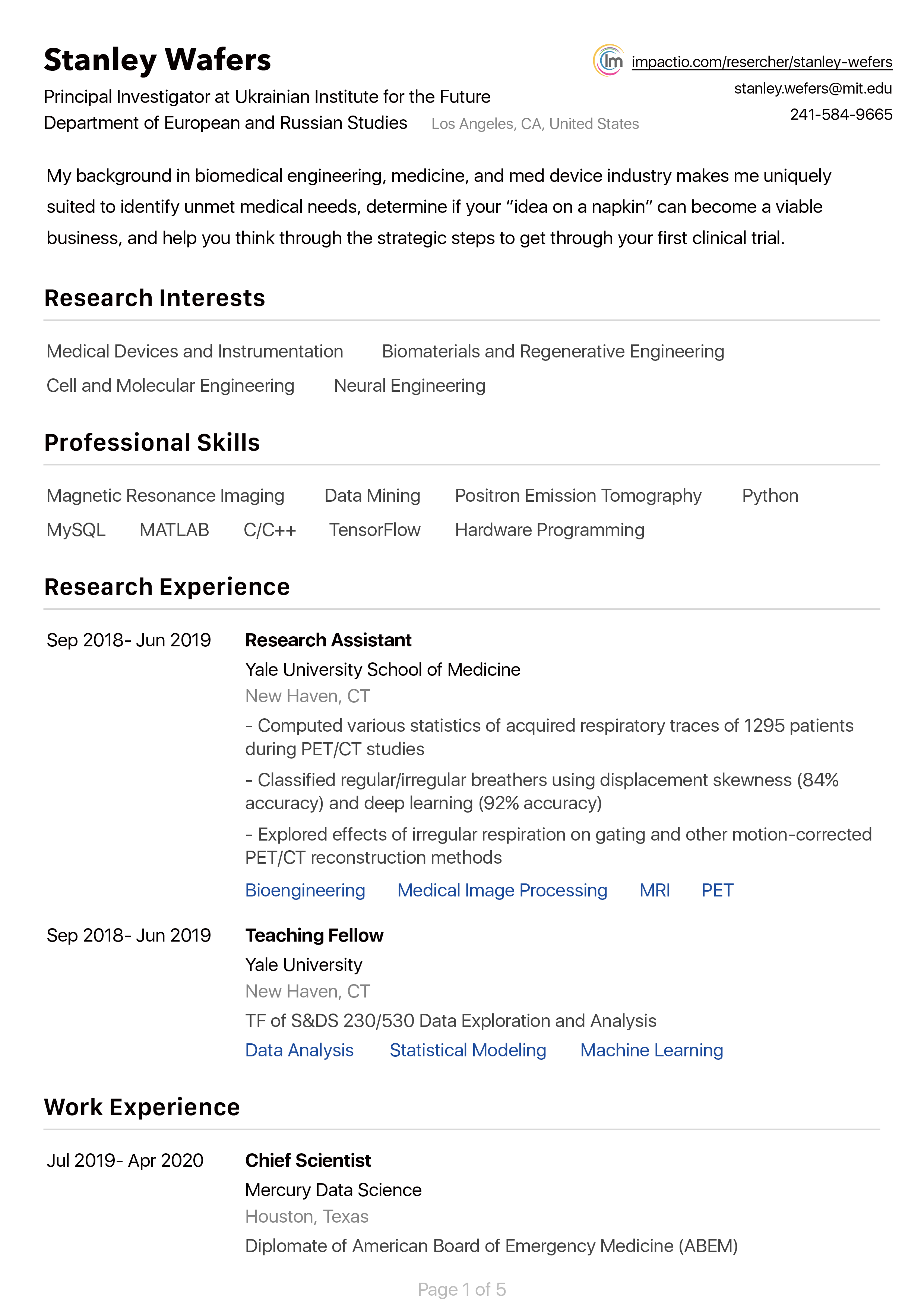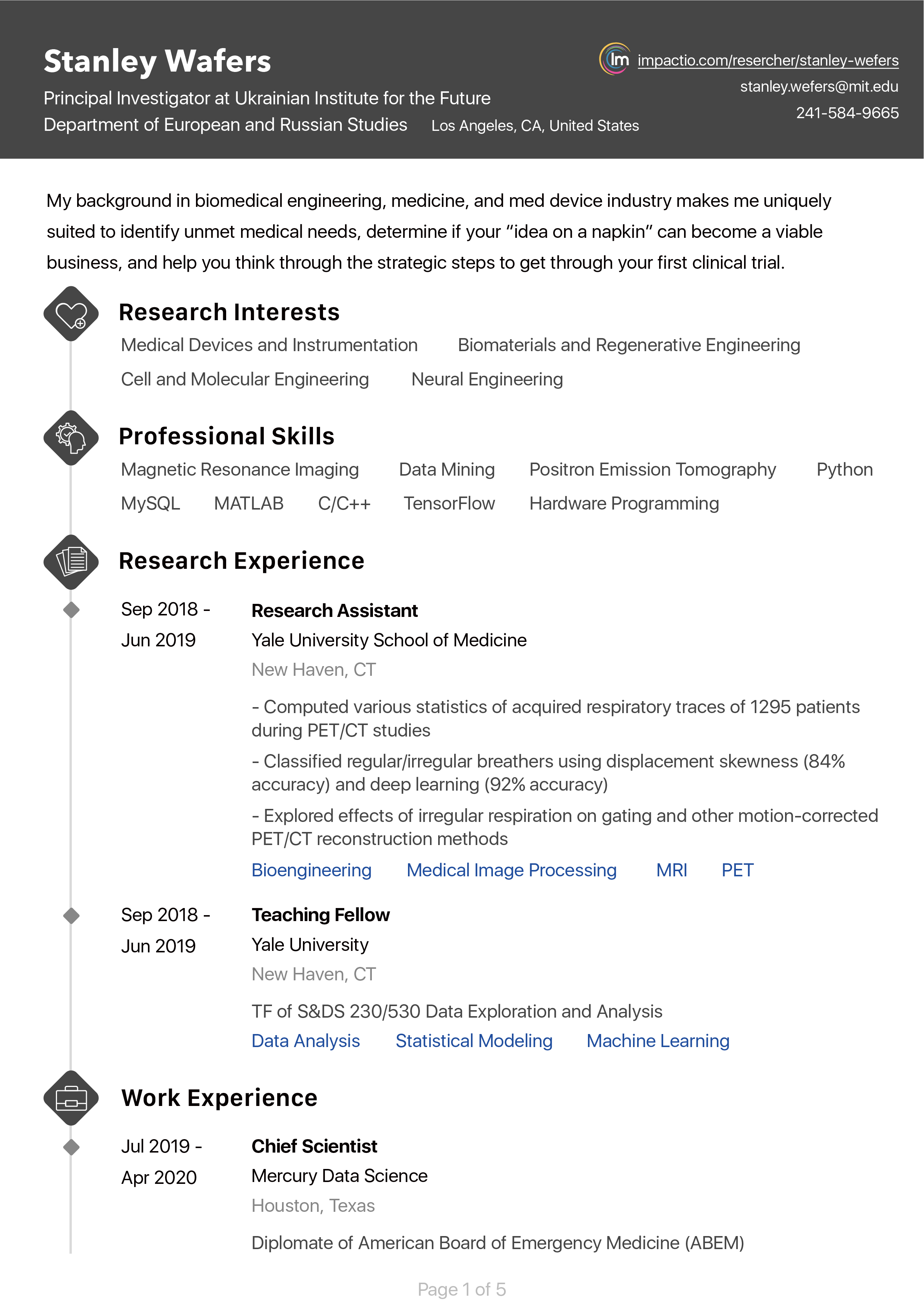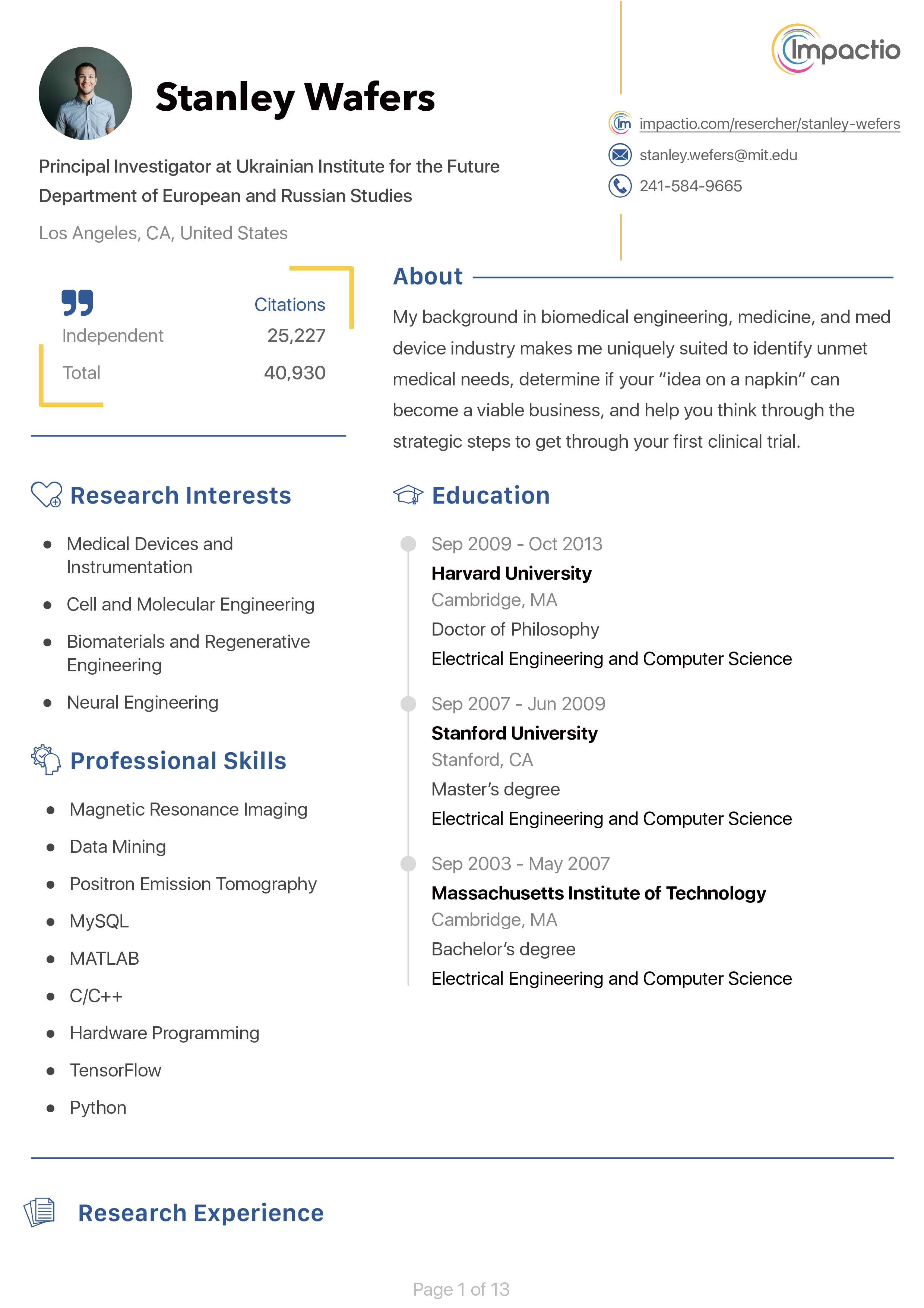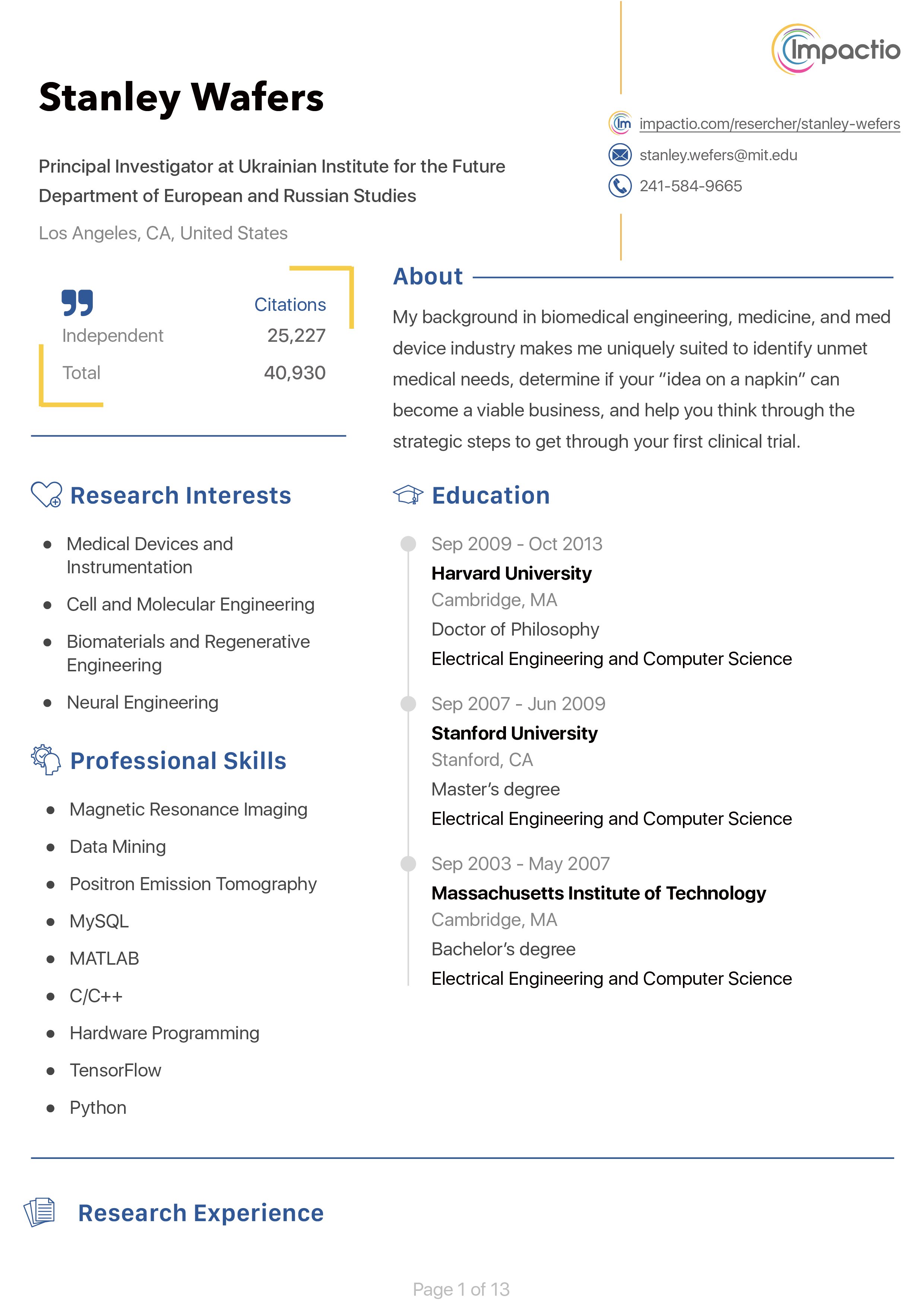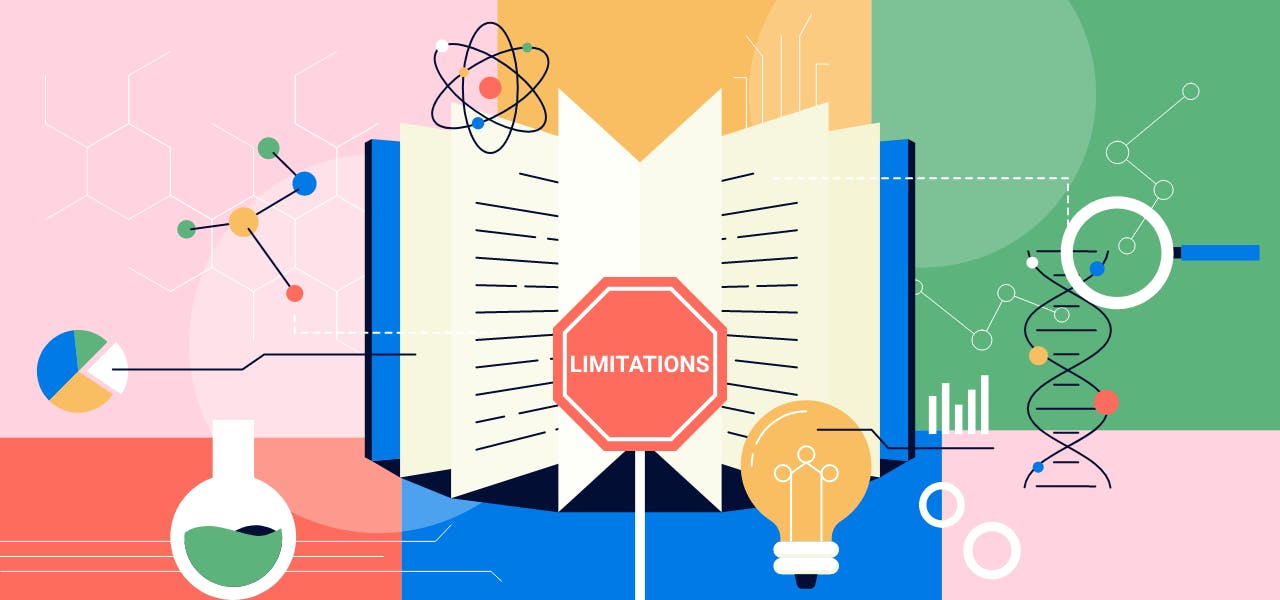About
I work at the Faculty of Applied Sciences, University of Sri Jayewardenepura, Sri Lanka as an Academic and Researcher. My focus is on pollution monitoring and remediation in soil and water. Special attention is given to landfill leachates, nutrients and toxic metals. I work with many collaborators from different countries including India, South Korea, Japan, Denmark, Australia and USA as well as in Sri Lanka. Other than research, I prefer writing about science in Sinhalese, mother language.
Adsorption
Water Quality
Environmental Analysis
Water Analysis
Environmental Impact Assessment
Soil
Wastewater Treatment
Environmental Pollution
Environment
Nanoparticles
Head/Director
Ecosphere Resilience Research Center
October 2018 - Present
Adjunct Associate Research Professor
University of Southern Queensland
February 2016 - Present
Antibiotics in soils and water
Kangwon National University
August 2012 - Present
Fluoride removal using laterite
Indian Institute of Technology Madras
April 2011 - Present
Antimony removal from aqueous media
Kangwon National University
October 2011 - Present
Senior Research Fellow
National Institute of Fundamental Studies - Sri Lanka
August 2009 - Present
Research Fellow
National Institute of Fundamental Studies - Sri Lanka
August 2009 - Present
Intern Student
Center for the Experimental Study of Subsurface Environmental Processes, Coloardo School of Mines, Golden, USA
October 2006 - Present
PhD Scholar
Department of Geography and Geology, University of Copenhagen
September 2005 - Present
Research Assistant
International Water Management Institute
September 2005 - Present
PhD Scholar
University of Copenhagen
September 2005 - Present
Department of Geography and Geology, University of Copenhagen
Sep 2005 - Feb 2009
Hydrogeology, Gorundwater Modeling
Postgraduate Institute of Science, University of Peradeniya
Aug 2003 - Feb 2005
Environmental Science
Sabaragamuwa University of Sri Lanka, Belihuloya
Oct 1999 - Feb 2002
Natural Resources
Award
Nov 2016
Third World Academy of Sciences-National Science Foundation Award for the Young Scientist
Award
Nov 2014
Commendation Award for Popularization of Science by National Science Foundation
Award
Nov 2014
Presidential Awards for Scientific Publications for 2014
Award
Nov 2013
Presidential Awards for Scientific Publications for 2013
Award
Oct 2012
Presidential Awards for Scientific Publications
Call for Papers: Special Issue on Emerging Approaches for Sustainable Management for Wastewater
[Call for Papers]: Special Issue on Emerging Approaches for Sustainable Management for Wastewater.
Journal: Frontiers in Environmental Science (Frontiers, IISSN: 2296665X, SSCI, Open Access, IF – 4.581, Q1).
https://www.frontiersin.org/journals/environmental-science
The special issue is currently OPEN for submission. Please find the link for detailed information.
https://www.frontiersin.org/research-topics/31386/emerging-approaches-for-sustainable-management-for-wastewater
Submission Deadlines
Open for submission: January 2022
Submission deadline: Ongoing
Special Issue on Cross-cutting approaches for tackling water security of the Anthropocene
Water crisis exists in discrete sectors inducing water quality degradation and water shortage, which have led to considerable economic losses and social conflicts in communities on every continent. These discourses on water has prompted the concept, “water security”. Water security has emerged as a critical issue of concern in global, regional and national discussions and helped in conceptualization of SDG 6 in the UN Sustainable Development Framework. The Special Issue (SI) is intended to bring the focus on water availability, management, governance, water quality, biotic or abiotic emerging contaminants and policy development in the Anthropocene, and particularly the integrated, cross-cutting approaches to tackle them. We want to encourage the submission regarding newer global trends of water management, wastewater reuse, monitoring emerging contaminants, and their novel integrated technologies for mitigation strategies and policy development for the future water sustainability in the Anthropocene. SI will collate a number of studies that consider topics including:
+Occurrences of viruses and PPCPs +CSO overflow and surface water quality +Innovations for water quality management +Nanomaterial and wastewater treatment +Redox process and geogenic contamination +Decentralized water supply and stakeholder awareness +Emerging contaminants in agricultural runoff +Urban water vulnerability and resilience +Real world water sustainability analyses +Evaluation of sewer leak in groundwater using molecular marker +Incubation Experiments of Groundwater Hydrologic +Modeling and water availability +Droughts and floods: Problem and Perspectives +End-water use and its application for urban water crisis +Per and Polyfluorinated compounds in water and their removal +Submarine groundwater dischargeWater security and CKDu +Biochar efficacy for contaminant removal +Novel, low energy consumption processes for wastewater treatment +Coastal Water Issues
Pharmaceutical and Personal Care Products (PPCPs)
Fate and transport of PPCPs in the environment and their remediation using nature-friendly adsorbent
Biochar for environmental management
International Roundtable on The Impacts of Extreme Natural Events: Science and Technology for Mitigation (IRENE2017)
To bring the stakeholders and experts at national and international levels together to share experience and work out strategic Science &Technology interventions to mitigate hazards due to extreme natural events.
for more details visit,
http://www.seu.ac.lk/irene2017/index.php
Applications of Nanomaterials to Biochar-Amended Soil
Airborne microbes
Ramsar Convention and wetland wise use
Biochar for environmental management
Monitoring municipal solid waste dumps in Sri Lanka for environmental contaminants
Arsenic and fluoride removal from water using bone char
Globally, over 200 million of people are affected by fluoride in drinking water and a similar number by arsenic at toxic levels; in some cases both contaminants occur together. Our research aim is to investigate the efficiency of modified bone char for removing As(III), As(V) and F- from groundwater. The scope of the project is to investigate the characteristics and efficiency of bone char and its composites produced from lamb bone in removing As(III), As(V) and F contaminants from water. This research will investigate: How do the chemical and physical characteristics of the bone char and its composite facilitate the adsorption of As, and F- individually and in co-adsorption, and contaminant removal from water and what are the impacts of co-existing anions on the ability bone char to remove As and F- from water?
Mechanistic understanding of arsenic and antimony removal in mining and rice ecosystems using biochar
Elevated concentrations of toxic metal(loid)s; arsenic (As) and antimony (Sb) in environmental, biological and geochemical systems originating from natural, geological and anthropogenic sources are of significant global concern. The Sb released from mostly geogenic sources is of similar toxicity as As and can negatively impact on both environmental and human health. Therefore, respective accelerated research on speciation, bioavailability, toxicology and remediation are essential for providing the growing world population As and Sb -safe freshwater and food. Hence, this research project investigates the mechanistic and kinetic related aspects on applications of invasive plant derived biochar for the immobilization of toxic species of As and Sb in mining and rice ecosystems in Australia.
Thio-arsenic complexes and the environment: Formation, speciation and quantification
Arsenic (As) and sulphur are often interrelated in their biogeochemical cycles. Arsenic species where the oxygen-bonded As is substituted by sulphur are known as thio-arsenic compounds which are considered as the third major group of naturally-occurring As species. Many key aspects of thio-As related compounds including, geochemistry, mobilization mechanisms, and quantification in different environmental systems still remain poorly understood. Hence, this research project aims to investigate the formation mechanisms, speciation and quantification of thio-As complexes in mining and paddy field environments in Australia.
Realted Researchers

